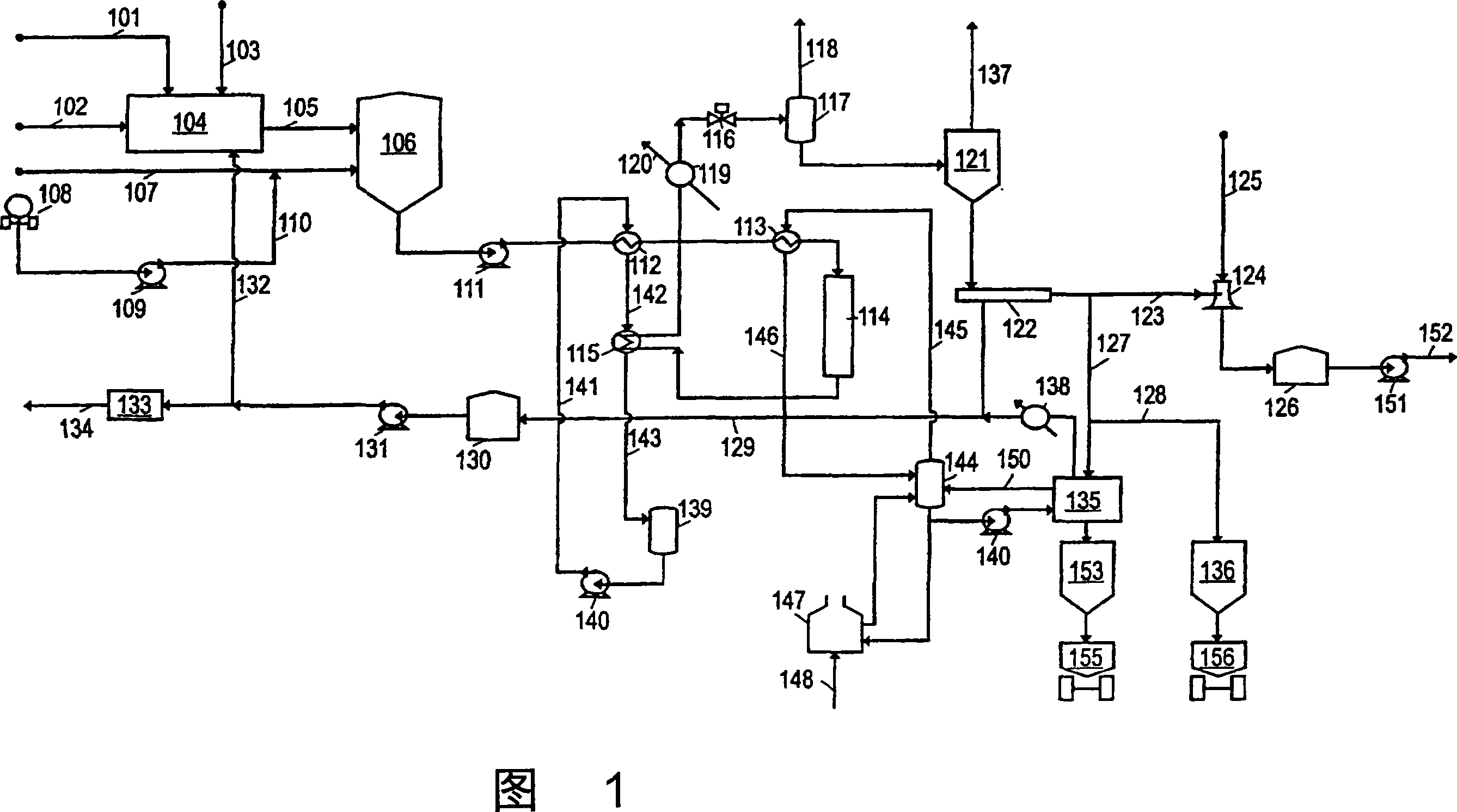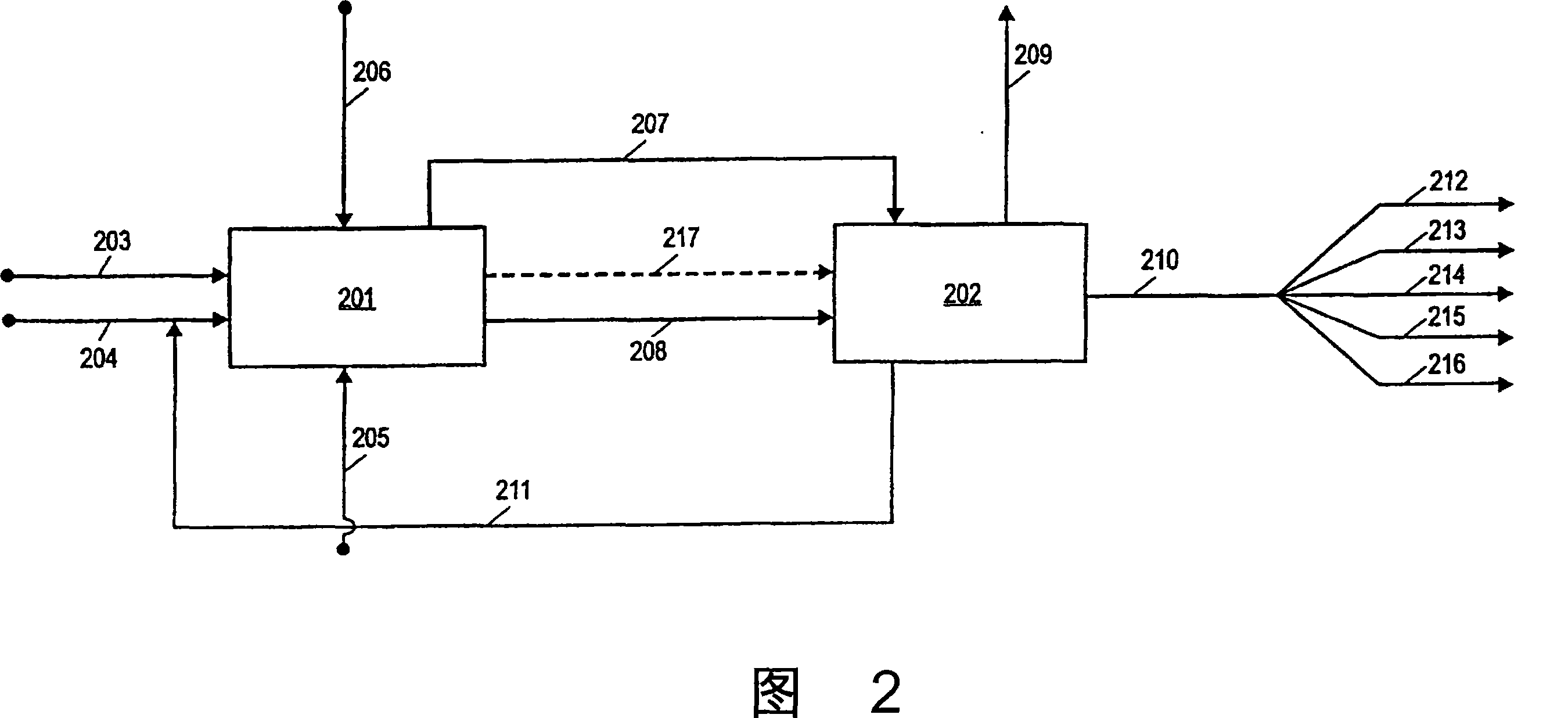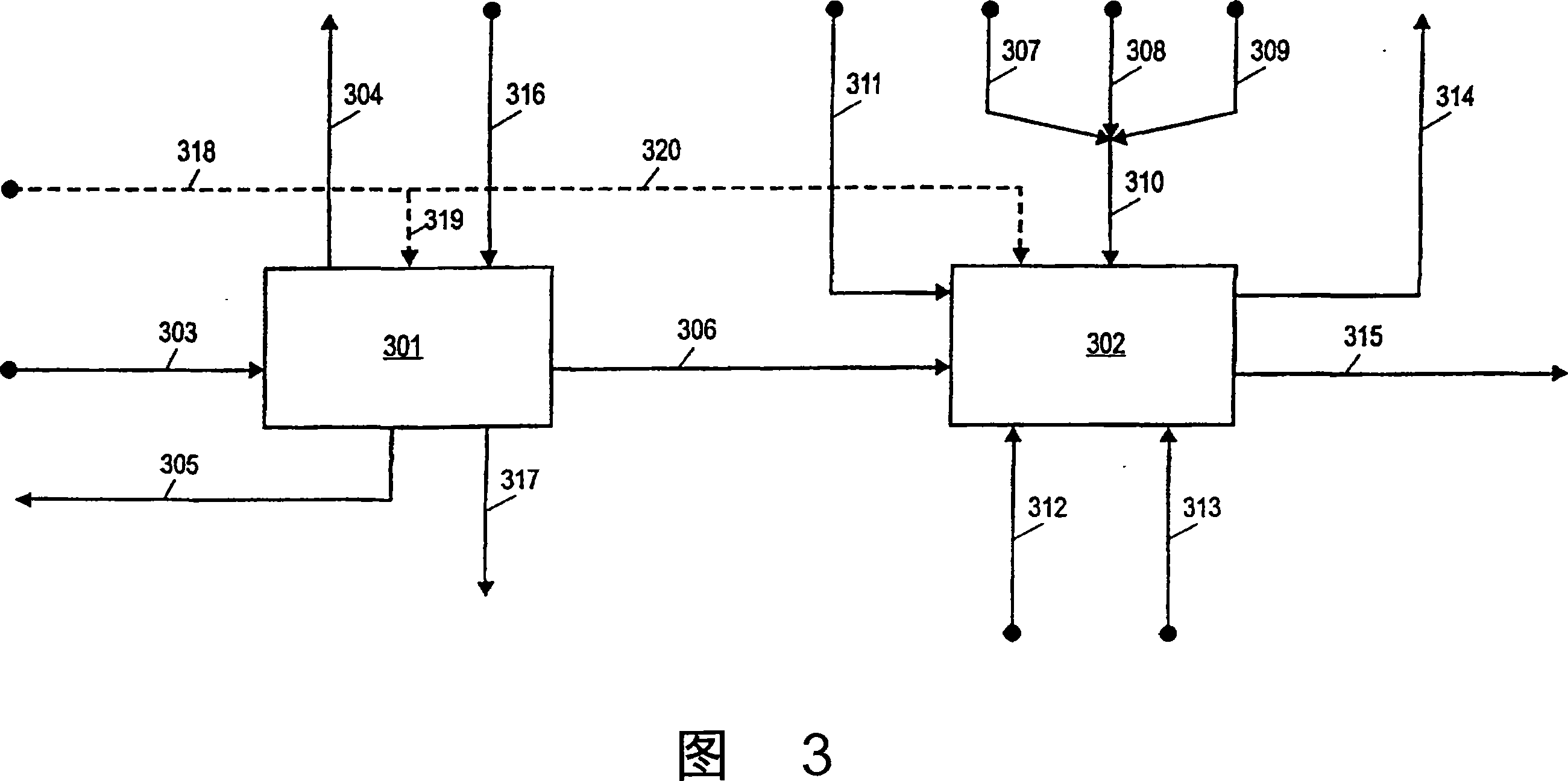Method of slurry dewatering and conversion of biosolids to a renewable fuel
A biosolids, conversion technology, applied in the direction of biofuels, solid fuels, waste fuels, etc., can solve the problems of controversial and expensive disposal of biosolids
- Summary
- Abstract
- Description
- Claims
- Application Information
AI Technical Summary
Problems solved by technology
Method used
Image
Examples
Embodiment 1
[0115] Biosolids from two wastewater treatment plants (one located in Atlanta Georgia and the other located in Riverside California) were treated as previously described at a continuous pilot plant to produce and analyze the following products, the following results excluding moisture and ash:
[0116] Atlanta Biosolids Riverside Biosolids
[0117] Carbon 57.73 62.53
[0118] Hydrogen 7.48 9.26
[0119] Nitrogen 7.90 7.52
[0120] Sulfur 3.02 1.17
[0121] Oxygen 23.86 19.52
[0122] Total 100.00 100.00
[0123] Atlanta coke product Riverside coke product
[0124] Carbon 70.19 69.98
[0125] Hydrogen 8.85 7.68
[0126] Nitrogen 8.63 8.45
[0127] Sulfur 1.42 8.86
[0128] Oxygen 10.91 5.04
[0129] Total 100.00 100.00
[0130] As expected, the evolution of carbon dioxide leads to an increase in the carbon content and a correspon...
PUM
 Login to View More
Login to View More Abstract
Description
Claims
Application Information
 Login to View More
Login to View More - R&D
- Intellectual Property
- Life Sciences
- Materials
- Tech Scout
- Unparalleled Data Quality
- Higher Quality Content
- 60% Fewer Hallucinations
Browse by: Latest US Patents, China's latest patents, Technical Efficacy Thesaurus, Application Domain, Technology Topic, Popular Technical Reports.
© 2025 PatSnap. All rights reserved.Legal|Privacy policy|Modern Slavery Act Transparency Statement|Sitemap|About US| Contact US: help@patsnap.com



